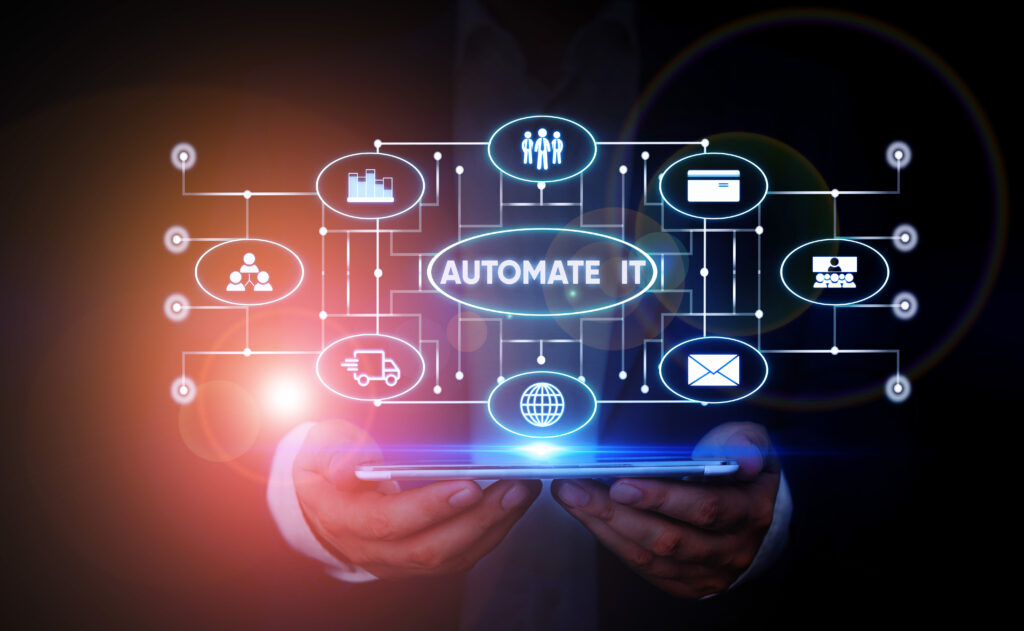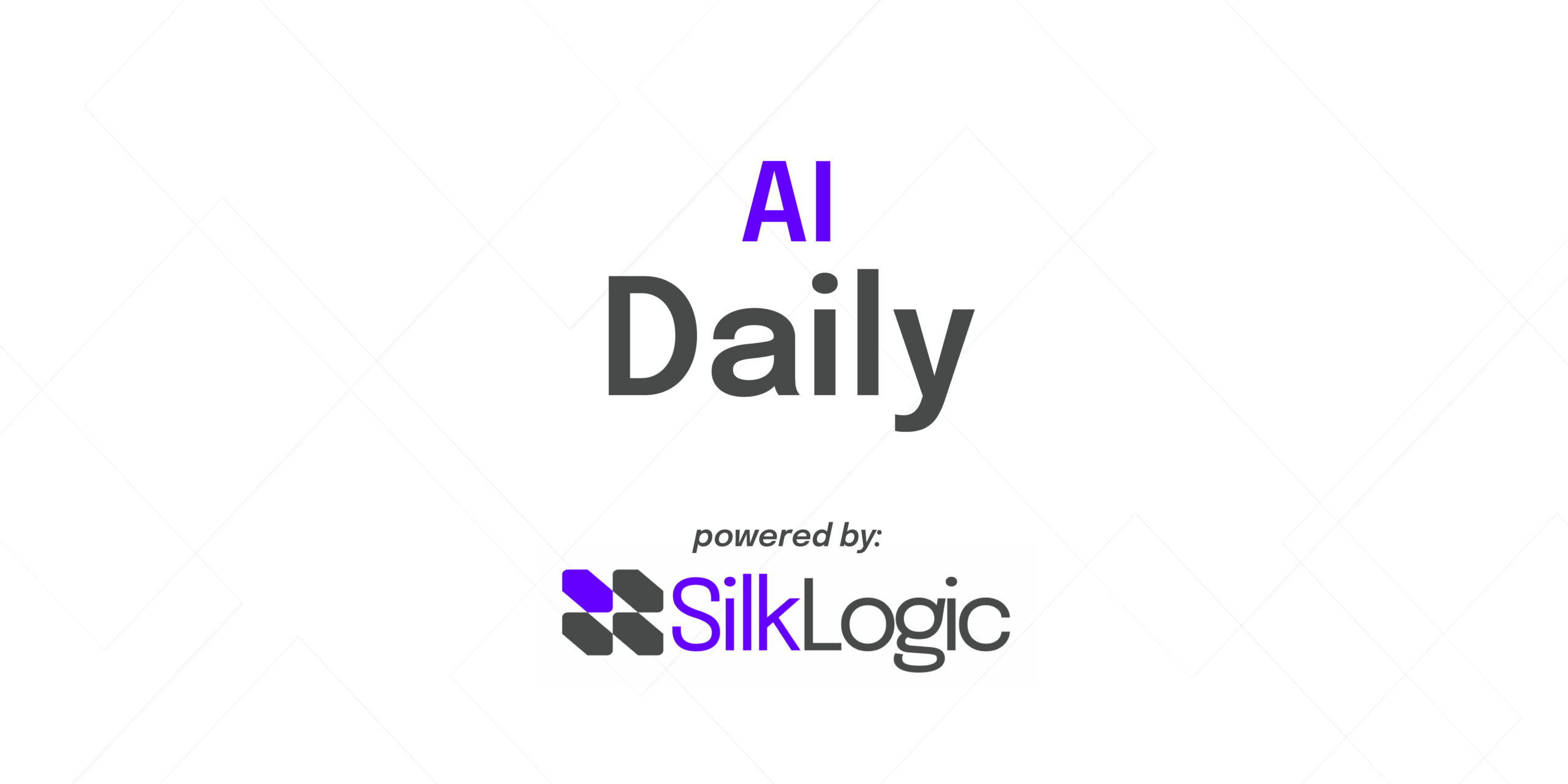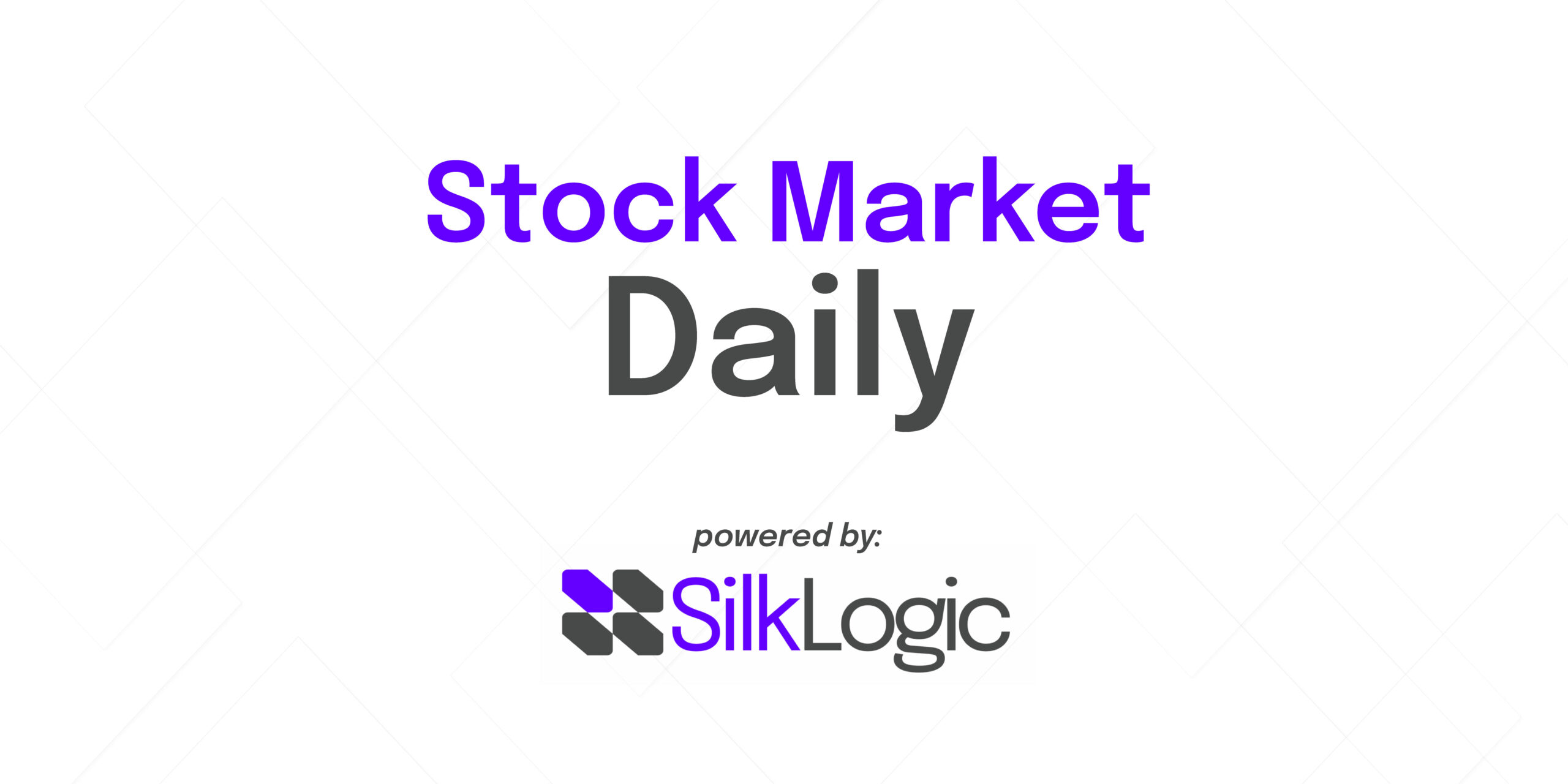AI for Human Connection: A Timely Revolution in Business and Care
Imagine an 84-year-old New Yorker singing Sinatra to an attentive friend every week—except, in this case, the friend is an AI named Meela. The recent Forbes article explores this new reality: AI companions offering everyday support, empathy, and engagement where human resources fall short. This shift is a vivid example of how AI can deliver real-world impact, especially at a time when the aging population outpaces the availability of caregivers.
Business leaders today face their own form of isolation—from overwhelming workloads, legacy processes, and stretched teams. As the AI boom redefines entire industries, the success of these AI companions highlights a powerful trend: AI is not just about automation—it’s about meaningful transformation where human needs come first.
Insight: AI Companions Are Filling a Vital Gap
The article describes how AI chatbots like Meela and InTouch are now supporting seniors with regular conversations, tailored reminders, and even cognitive exercises. For seniors like Salvador Gonzalez and Marvin Marcus, these bots become part of their daily routines, providing comfort and engagement when human connections are stretched thin.
- Loneliness is a critical health challenge for millions of seniors, linked to anxiety, depression, and physical decline.
- The market for AI-driven elderly care soared past $35 billion last year—with projections pointing much higher.
- Staff shortages and rising demand are making purely human solutions unsustainable; AI offers a personalized, scalable supplement.
Businesses of all types—as well as care organizations—are noticing that impactful AI isn’t about replacing people, but about smartly amplifying human capacity and bridging unavoidable gaps.
Practical Takeaway: Human-Centric AI Drives Results
What makes these AI solutions succeed is thoughtful design:
- Customized onboarding ensures that each senior’s preferences and histories are respected.
- Memory and follow-up features foster genuine rapport and deliver real value over time.
- Guardrails are in place so users know they are interacting with AI, supporting transparency and trust.
For business and tech leaders, this is a blueprint: Build AI systems that prioritize individual experience, ongoing learning, and responsible deployment. When AI is designed to augment (not just automate), organizations can achieve:
- Faster, more personalized customer engagement—even after hours
- Enhanced employee productivity through reduction of repetitive tasks
- Scalable support structures that adapt to real-time needs
Business Application: AI as a Strategic Growth Lever
The senior care sector demonstrates how thoughtfully-implemented AI isn’t just a cost-cutter—it’s a force-multiplier for growth and resilience. At Silk Logic, we help organizations across industries translate these lessons into business value:
- AI Roadmapping: Guiding leaders from vision to blueprint, ensuring technology choices solve real company problems.
- Process Optimization: Identifying where human hours are best spent and automating the rest—without sacrificing quality or experience.
- Custom AI Solutions: Developing tools that understand your unique customers, employees, and challenges, from virtual support agents to intelligent analytics.
Even outside of healthcare, similar principles apply: Whether deploying AI to handle customer support, streamline operations, or boost insights, the aim should always be to enrich the human side of your business.
Navigating the Challenges: Risks and Responsible AI
No major transformation is risk-free. The article highlights several watch-outs specific to AI-driven companionship:
- Dependency Risks: Over-reliance or blurring lines between AI and real relationships, especially among vulnerable users.
- Data Privacy: Sensitive conversations must be protected, with robust security measures and transparent policies.
- Ethical Guardrails: AI must be designed to avoid amplifying harmful behaviors or making clinical decisions without oversight.
Key for leaders: Successful AI adoption means investing in responsible rollouts—combining technology with clear training, ethical design, and continuous assessment. The organizations that get this right will be seen as both innovative and trustworthy.
Broader Trends: Why Early Adoption of AI Matters
AI-powered solutions like these are no longer science fiction—they are changing lives, right now. The companies, care organizations, and forward-thinking leaders who embrace human-centric AI early are shaping the future of their industries. Meanwhile, laggards risk falling further behind as customers, patients, and employees come to expect smarter and more personal touchpoints.
What’s the lesson for every leader? Whether your business serves seniors or not, the AI revolution is about understanding your people—and meeting their evolving needs through empathy and thoughtful technology.
Conclusion: Are You Ready to Lead with Empathy—and AI?
AI companions like Meela and InTouch are powerful reminders that technology, when designed right, is really about deepening—not dispensing with—human connection. For business leaders and innovators, the opportunity is clear: Those who start preparing their organizations for responsible, people-first AI will build more resilient, adaptive, and inspiring companies.
What’s next for your organization? Consider assessing your current workflows for AI readiness, or connect with Silk Logic to explore a strategic AI roadmap tailored to your business goals. How will you use technology to close the gap between what people need and what’s possible?





